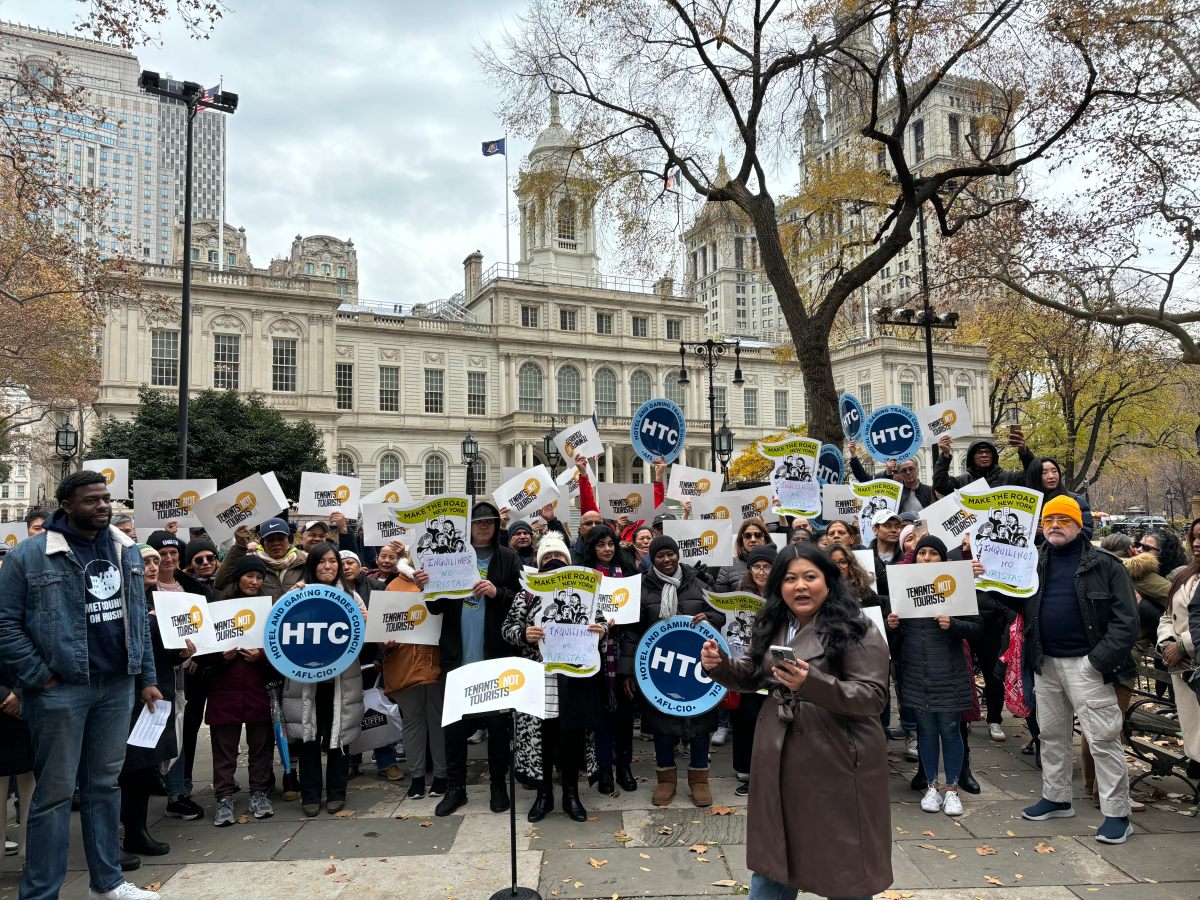By Rich Bockmann
May is National Preservation Month, but not everybody is in the mood to celebrate.
Homeowner Leroy Weekes lives on a bucolic block in the historic Addisleigh Park section of St. Albans that used to be home to Brooklyn Dodger all-star catcher Roy Campanella and civil-rights activist Percy Ellis Sutton, former Manhattan borough president, political leader and businessman.
Weekes got a good deal last year when he purchased the Colonial Revival-style house built in 1922 in a neighborhood he admired for its picturesque qualities.
“I tend to like the neighborhood a lot,” he said. “It’s like a suburban setting in the city.”
What he did not like, though, was the water-damaged, unbecoming fiberglass door and the windows on either side of it, so he decided it was time to replace them. He happily shelled out $2,300 for a pair of handsome doors made of solid Brazilian mahogany with oval windows.
“I wanted something to last, not a cheap door,” he explained.
Installing the doors required a hearing with the city Landmarks Preservation Commission, however, which told the homeowner last week that in order to match the historic characteristic of the neighborhood, the board would prefer he installed doors with rectangular panels.
Addisleigh Park was developed during the pre-World War II building boom in the earlier part of the 20th century, and when the LPC landmarked the neighborhood last year, the commission cited it as a “distinctive enclave with a remarkable sense of place due to its period revival-style houses that are set back from the street on spacious well-landscaped lawns and its remarkable history that illuminates African Americans’ struggle for and achievement of the basic civil right of home ownership.”
One of those in favor of the neighborhood’s historic designation was City Councilman Leroy Comrie (D-St. Albans), chairman of the Council’s Land Use Committee, who recently sponsored two bills that would alter the way LPC works.
The first bill would require Landmarks to consider the impact a designation would have on a community, including its economic consequences, health and safety. The second would allow owners of landmarked properties to use materials available at the time of designation to maintain their properties.
“That means a significant feature of a building could not be returned to a historically accurate condition, and the landmarks law recognizes that buildings can be returned to a historically accurate condition that helps to protect the city’s history,” said LPC spokeswoman Lisi de Bourbon.
Meanwhile, Weekes said he may just consider installing his double doors with oval and paying the fine. Fines are issued when a homeowner does work with an LPC permit, though de Bourbon would not specify the amount.
“I want to come home and be happy where I live,” Weekes said as he stood on the paving-stone walkway leading to his front door, which he said he would like to replace. “That’s the next issue I’m going to have with them.”
Reach reporter Rich Bockmann by e-mail at rbockmann@cnglocal.com or by phone at 718-260-4574.



































